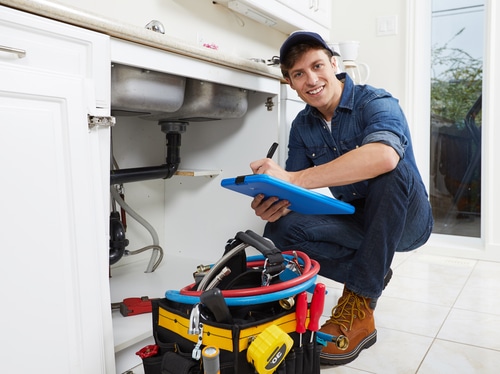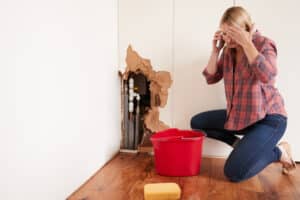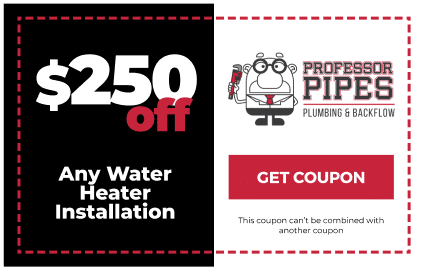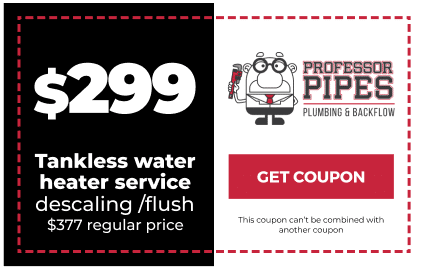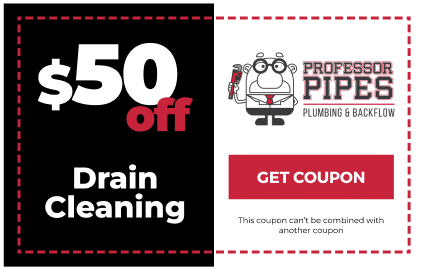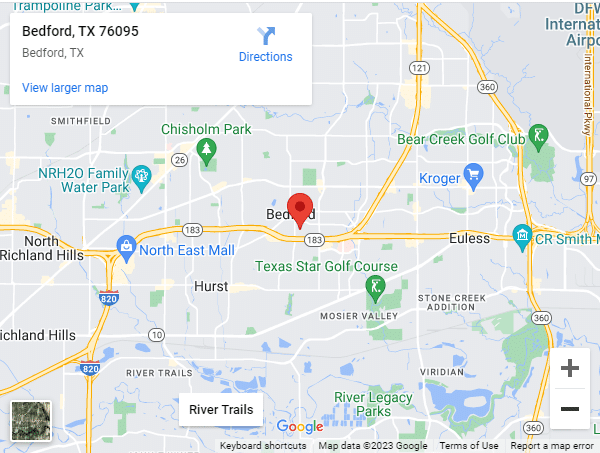Your bathroom is an integral part of your home, and maintaining its plumbing system is crucial in ensuring a comfortable and functional living space. By employing preventive maintenance practices, you can extend the lifespan of your bathroom fixtures, safeguard your plumbing system against potential issues, and save on costly repairs down the line. This informative article will provide valuable tips and insights into essential bathroom plumbing maintenance tasks, helping you keep your home trouble-free and preserve its overall value.
As a homeowner, it’s vital to recognize the importance of regular bathroom plumbing maintenance since efficient and effective bathroom fixtures and systems contribute significantly to your home’s overall functionality and comfort. Implementing a proactive maintenance routine can provide numerous benefits, such as improved fixture performance, reduced water usage, and prevention of potential water damage. Furthermore, routine maintenance helps detect and address minor issues before they escalate, potentially saving you money and preventing extensive repairs.
In this thorough guide, we will outline key maintenance tasks for various bathroom plumbing components, including faucets, showers, toilets, and drains, offering expert tips and best practices. Additionally, we will emphasize the importance of seeking professional assistance for certain aspects of bathroom plumbing maintenance, ensuring that your home’s plumbing system remains in optimal condition.
Faucet and Showerhead Maintenance
Regular maintenance of your bathroom faucets and showerheads can prevent leaks, extend their lifespan, and maintain their performance. Follow these tips for proper care:
1. Clean Faucet Aerators
The faucet aerator is a small screen located at the tip of the faucet, which can accumulate mineral deposits and debris over time. To clean the aerator:
- Unscrew the aerator from the faucet, making note of the order of the internal components for reassembly.
- Gently scrub the screen and internal components with a toothbrush to remove buildup.
- Rinse the parts with water and reassemble the aerator before reattaching it to the faucet.
2. Inspect and Replace Damaged Components
Regularly inspect your faucets and showerheads for damaged or worn components, such as washers, O-rings, and seals. Replacing these parts as needed can prevent leaks and improve overall performance.
3. Remove Mineral Deposits from Showerheads
Mineral deposits from hard water can clog showerhead nozzles, reducing water flow and spray pressure. To dissolve and remove these deposits:
- Detach the showerhead and submerge it in a bowl filled with equal parts water and white vinegar.
- Let the showerhead soak for several hours or overnight.
- Use a toothbrush or toothpick to remove any remaining deposits from the nozzles before reattaching the showerhead.
Toilet Maintenance
Proper toilet maintenance is essential for preventing leaks and ensuring efficient water usage. Consider these tips for optimal toilet care:
1. Check the Flush Mechanism
Regularly inspect your toilet’s flush mechanism, including the flapper, fill valve, and overflow tube, to ensure proper function. Adjust or replace any worn or damaged components to maintain optimal performance and avoid water waste.
2. Inspect the Toilet Base for Leaks
Leaks at the toilet’s base can cause water damage to your bathroom floor. Periodically check the area around the toilet base for signs of moisture or damage. If you discover a leak, the wax ring seal between the toilet and floor flange may need to be replaced by a professional plumber.
3. Clean Your Toilet
Routine cleaning of your toilet bowl, rim, and tank is essential for maintaining sanitary conditions and preventing the buildup of stains and mineral deposits. Use a mild detergent and a toilet brush to clean all surfaces, ensuring you reach hidden areas beneath the rim.
Drain Maintenance
Keeping your bathroom drains clean and clear will help prevent clogs, slow draining, and foul odors. Implement these drain maintenance practices:
1. Use Strainers
Place strainers in sink and bathtub drains to catch hair, soap scum, and other debris, preventing them from entering the drain and potentially causing clogs.
2. Regularly Clean Drain Stoppers
Clean drain stoppers and pop-up stoppers frequently to remove any accumulated debris that could contribute to clogs or slow draining.
3. Perform Routine Drain Cleaning
Use a natural and environmentally friendly method to clean and maintain your drains, such as:
- Pouring one cup of baking soda down the drain, followed by one cup of white vinegar. Allow the mixture to sit for approximately 15 minutes before flushing the drain with hot water.
Professional Plumbing Maintenance
Even with diligent care and maintenance, scheduling periodic professional plumbing inspections and maintenance services is crucial for the long-term health of your bathroom plumbing system. Expert plumbers can detect potential issues early, provide necessary repairs, and help prevent future problems.
Conclusion
Following these essential bathroom plumbing maintenance tips can greatly improve the functionality, efficiency, and longevity of your plumbing fixtures and system. By taking a proactive approach to maintenance and enlisting the help of professional plumbers when needed, you can ensure a comfortable and trouble-free home environment.
When seeking professional plumbing maintenance services in Bedford, TX, trust the experienced and dedicated team at Professor Pipes Plumbing & Backflow. Our skilled plumbers specialize in comprehensive inspections, repairs, and maintenance for your bathroom plumbing system, helping you safeguard your home and maintain a comfortable living space. Schedule your maintenance appointment today and enjoy the benefits of a trouble-free bathroom plumbing system.






